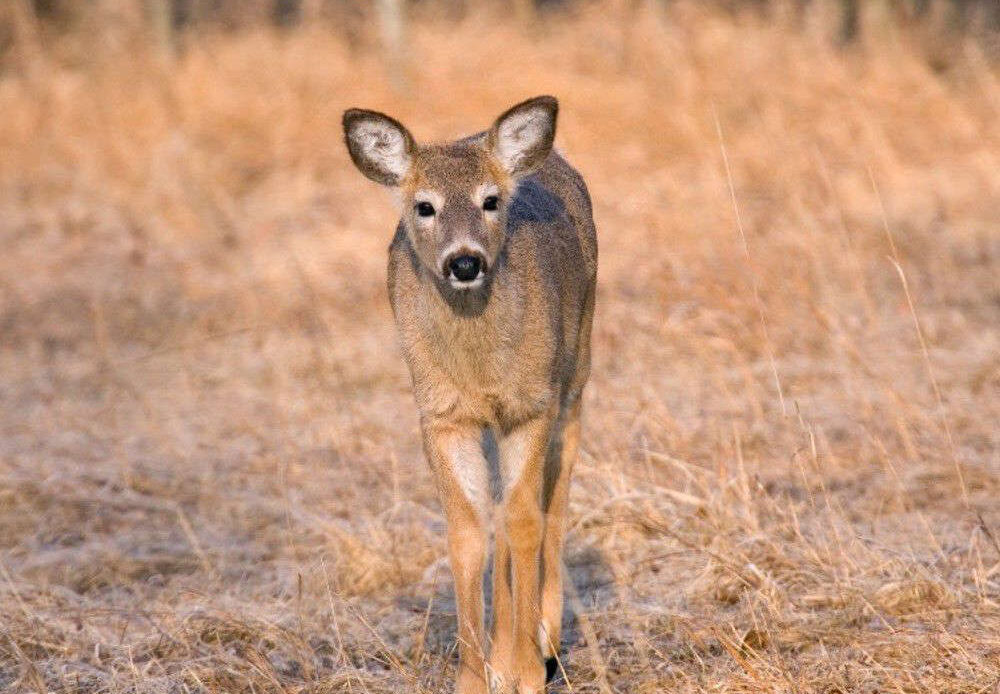
With COVID-19 caseloads on the decline and vaccines rolling out around the world, nations have begun preparations for the next phase of the pandemic — learning to live with the virus.
However, we may not be fully in the clear, scientists say after a study found the first evidence of animals transmitting the virus in the wild, with troubling implications for the spread of the disease and emergence of new variants.
Released on November 6, the preprint study found that one-third of the white tail deer population in Iowa over the past nine months has tested positive for SARS-CoV-2 — the virus that causes COVID-19 in humans — indicating that not only can deer catch the virus from humans but can also transmit it within their population in overwhelming numbers.
The study has not yet been peer-reviewed or published.
The transmission, it added, most likely resulted from “multiple zooanthroponotic spillover events” and “deer-to-deer transmission”, arising from herds in close proximity to humans.
The analysis was prompted by a recent report that found 40 per cent of free-living white-tailed deer in the U.S. contained antibodies against the virus.
Researchers were still “astonished” by the high viral loads detected in the animals, said Dr. Suresh Kuchipudi, clinical professor of virology at Penn State and the coauthor of the study.
“What was certainly surprising is the level of positivity we saw,” he said. “The amount of virus we detected in each of the animals was quite astonishing. We weren’t expecting that.”
Kuchipudi couldn’t say whether the deer displayed symptoms of the virus, instead pointing to the results of an earlier analysis conducted by Kansas State University researchers on adults and fawns, in which they injected the virus into healthy deer. While those animals didn’t appear to be affected by the virus, Kuchipudi acknowledged that environmental factors affecting health, access to resources could alter those results in the wild.
“We don’t know (if) the deer will actually express or exhibit any symptoms in the natural settings,” he said. “But based on the experimental set, infections, we know that they do not show any clinical symptoms.”
The study, Kuchipudi acknowledged, comes with its ‘limitations’ and it could not say whether people living near herds or hunting the deer could catch the virus from the animals.
But it’s entirely possible, he said, pointing to studies done on infected mink populations that showed the virus “spilling back” into human populations in contact with the infected animals.
“Based on what we know about viruses when they spill into animals … the possibility of spilling back into humans cannot be ruled out,” he said.

